Thessaloniki gets ready for its metro launch in November
The underground rapid transit lines have been under construction for almost two decades due to various project delays
 TheMayor.EU logo
TheMayor.EU logo 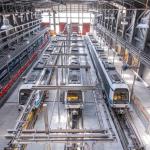
The underground rapid transit lines have been under construction for almost two decades due to various project delays
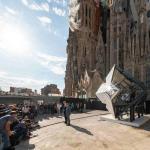
The cross pinnacle on the Tower of Jesus Christ will be ready to receive visitors in 2026 on the centennial of Gaudi’s death

Now you can get your wine in Talence by paying directly in Bitcoin

That’s because the state has to spend money on updating the railway infrastructure rather than subsidizing the cost of the popular pass

Steffen Romstöck said that he would respect the residents’ choice and would take over the helm of the municipality, even if he didn’t run

The measure, which will come into force from 1 January 2025, will be partial and temporary…for now

Rethinking renewable energy sources for the urban landscape

But operating them is still illegal under the country’s legislation

The examples, compiled by Beyond Fossil Fuels, can inform and inspire communities and entrepreneurs that still feel trepidation at the prospect of energy transition

Now you can get your wine in Talence by paying directly in Bitcoin

Rethinking renewable energy sources for the urban landscape

The examples, compiled by Beyond Fossil Fuels, can inform and inspire communities and entrepreneurs that still feel trepidation at the prospect of energy transition

The underground rapid transit lines have been under construction for almost two decades due to various project delays

Plus, it has a unique modular design that allows it to be shortened and lengthened like a train

At least, that’s the promise made by the mayor of Paris, Anne Hidalgo
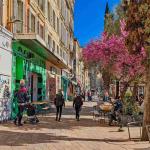
Despite its church-y name, the district has long been known as the hangout spot for the artsy crowds

At least, that’s the promise made by the mayor of Paris, Anne Hidalgo

Hostal de Pinós is located in the geographical centre of the autonomous region

On the eve of the new academic year, the ranking considers several distinct but essential factors


Following a successful trial phase, these quiet areas will now be available on all main routes in the country

The academic institution shows a deeper understanding of the well-being of its students










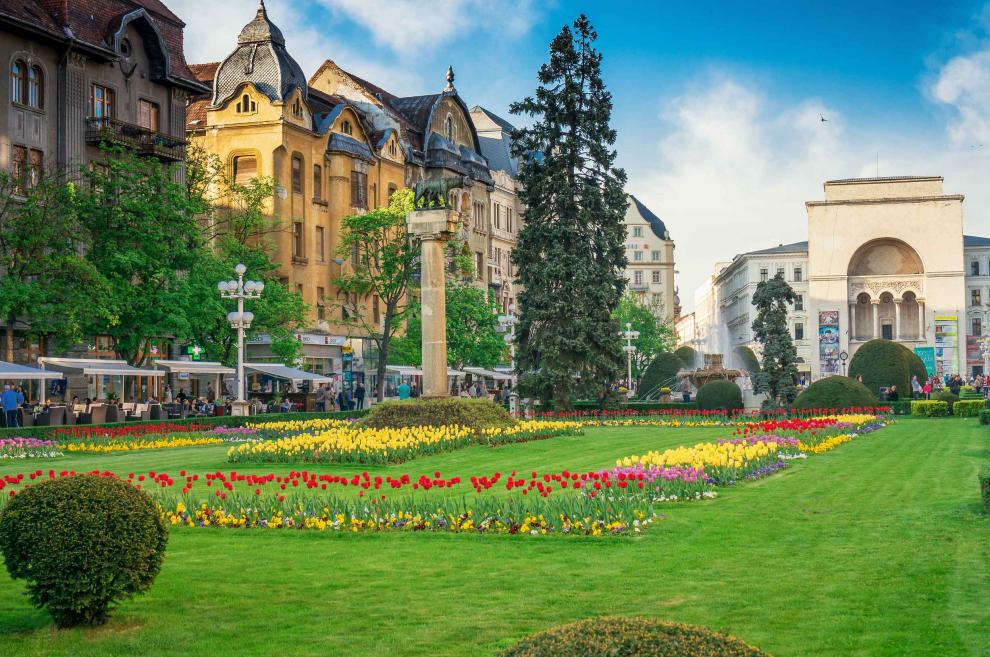
Timișoara is the biggest city in western Romania. It was first mentioned in the historic records at the start of the 13th century and has changed hands between the Hungarian, Ottoman and Austro-Hungarian empires until coming under Romanian control at the start of the 20th century. This colourful history contributes to the city’s current ethnic and multicultural background.
In 1848, Timișoara became the first city in Europe to use electricity to light up its streets and was the jumping-off point to the revolutionary movement that overthrew the Romanian Communist Dictator Nicolae Ceauşescu in 1989.
Timișoara will also hold the title of European Capital of Culture in 2023.
Timişoara is the largest city in western Romania, the seat of Timiş County and the biggest business, a cultural and scientific hub in the Banat region.
With a population of 329,003 inhabitants (1 July 2018), the city is among the top four biggest cities in Romania.
Timișoara has been an industrial centre for Romania for many years, with a strong manufacturing sector and a strong chemical and petrochemical industry.
Furthermore, the city has seen a major boom in the IT sector, such as Google, Microsoft, IBM, Intel, NVidia, Siemens, Nokia, Huawei, Atos, Accenture, Endava, Bitdefender and Visteon have offices there. It is considered to have the most IT professionals after Bucharest.
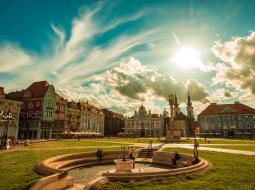
The charm of this city, settled on the northern bank of River Bega, lies in its distinct architectural character and vibrant cultural life. Timisoara is home to many year-round musical and theatrical performances, art galleries and museums, as well as a bustling nightlife. Major annual events include jazz, film, wine, dance and street performance festivals as well as several Christmas markets.
Timișoara is the only city in Europe that has three state theatres in three different languages – the Mihai Eminescu National Theatre, the German State Theatre and the Gergely Csiky Hungarian State Theatre.
B-dul C.D. Loga,
nr. 1, Timișoara
postal code: 300030